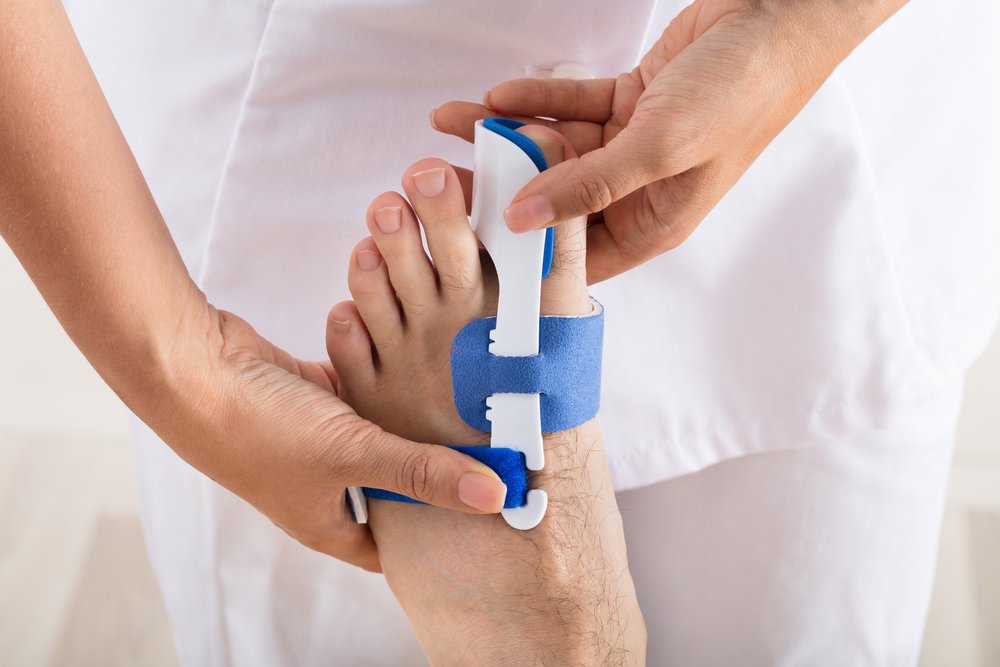Chilblains are a condition characterized by reddish, scratchy, and swollen patch on the skin due to cold exposure. The most beneficial therapy for this is to use a effective ointment and make use of socks that keep the foot cozy. When it comes to determining the best socks for chilblains, it is imperative that you put in priority warmth, insulation, rather than use socks that hinder the blood circulation. There are a few issues to consider, including materials, thickness, and also insulating material. Examples of the most useful sock choices that can help consist of:
Wool socks: Wool is really a organic insulator which will supply warmth and regulate temperature effectively. Cashmere wool is much more warming in comparison with merino wool, especially for socks for the cold feet.
Thermal socks: Thermal socks are meant to provide additional warmth in cold weather. Look for socks with a high TOG (Thermal Overall Grade) status to ensure ideal insulating material.
Moisture-wicking socks: It is crucial to maintain your feet dry to prevent chilblains. Look for socks with moisture-wicking qualities that can wick sweat away from your skin which helps manage dampness levels.
Compression socks: Compression hosiery may increase circulation, which can be a consideration for avoiding and dealing with chilblains. They might boost the flow of blood and lower inflammation. Look for socks having graduated compression to get the best results. Compression hosiery really should not be used when you have poor blood flow since they will even more limit that.
Layering socks: Layering socks provides added insulation and help control temperature. Look at using a thin moisture-wicking sock being a first layer to maintain your feet dry, then a fuller wool or thermal sock for warmth.
Fleece-lined socks: Fleece-lined socks have a soft coating that provides higher insulation levels and also comfort. They could help trap warmth and make the feet comfortable in cold weather.
Don’t forget, it is probably extremely important to keep the whole body warm and protected when confronted with chilblains. Apart from wearing suitable socks, you need to dress yourself in layers, have on insulated footwear, and steer clear of prolonged exposure to cold temperatures. If you are suffering from chronic or extreme symptoms, it’s best to consult a podiatrist for additional guidance and treatment.
